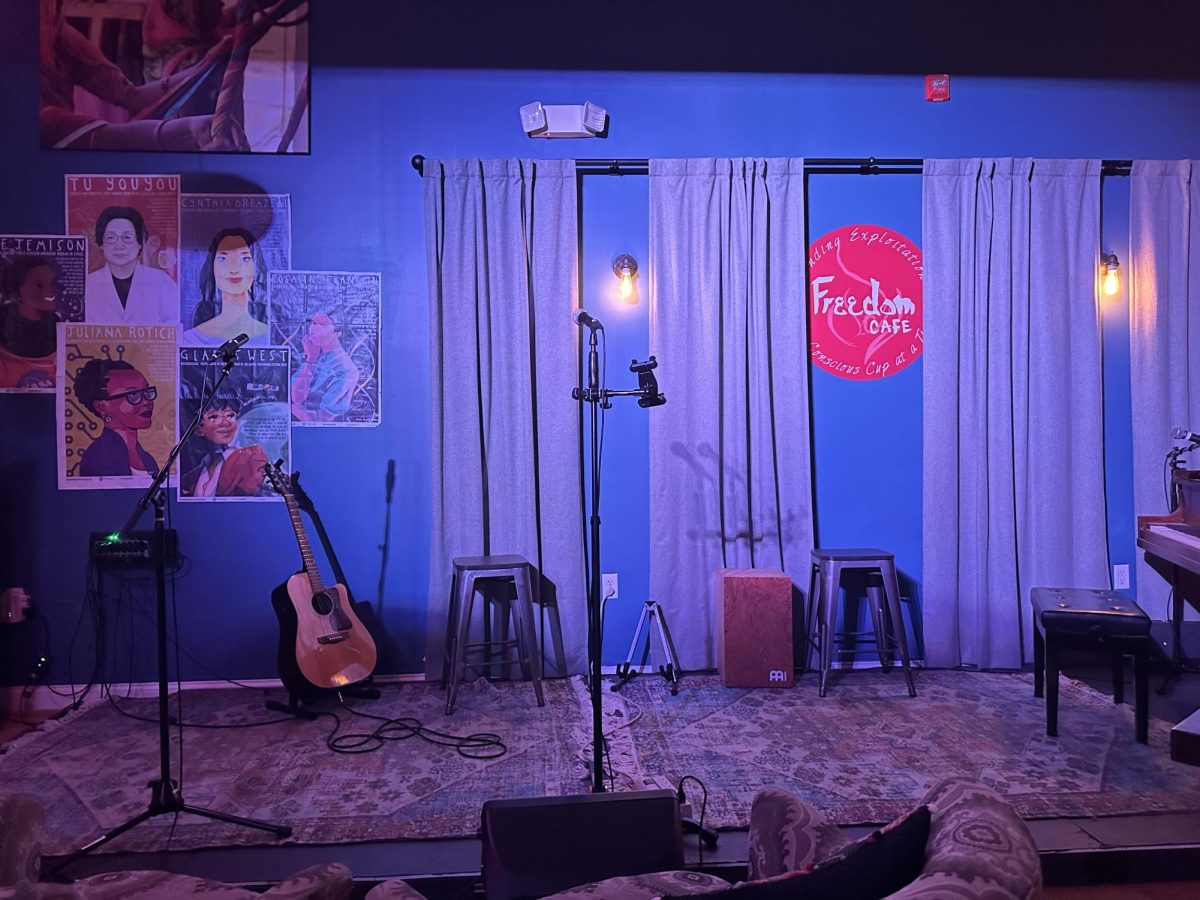NEWINGTON N.H.– Just after sunrise on the morning of Oct. 10, the ocean breeze had dropped the temperature by almost ten degrees. At the boat launch, John Thomas, captain of the lobster charter Rachel Leah, jumped down into the even colder cooler to load in the bait as he prepared to head out for the next week just days after hurricanes Helene and Milton blew through the South Atlantic Coastline.
The Rachel Leah is one of thirteen vessels that fish for Little Bay Lobster LLC in Newington NH. Little Bay is the largest harvester of North Atlantic lobster in the world because they ship 365 days a year, according to Thomas and their website.

Thomas originally went to school for mechanical engineering at Northeastern University in Boston before working at different manufacturing plants at different companies. During the recession of the 90s, Thomas was laid off and was forced to look for a new line of work.
“So my wife said, call up my brother and my dad, they’ll hire you,” Thomas said. Thomas’ wife, Andrea Gail, comes from a large fishing family; her father and brother are both fishermen.
The familiarity of Andrea Gail’s name comes from the famous boat that tragically lost its whole crew during the ‘Perfect Storm’ in 1991. Her father was not on the boat during the storm but the whole family still felt the loss that the storm caused.
Thomas’s new life as a fisherman made him interested in meteorology and the weather. According to him, his curiosity brewed because of “fishing and, I’m going to call it somewhat of a fear of the unknown, of not knowing what the weather is going to do.”
On board the Rachel Leah, Thomas has created his own weather station in hopes of gathering more accurate forecasts. His weather station sits in the cockpit, Thomas pointed out the weather readings on a large monitor as his small crew of three continued to fill the bait behind him.
A handful of screens lit up the small wooden cockpit. On the monitors are boat trackers, tide and current readings, weather graphs, and more. The vast amount of information doesn’t seem like a challenge to Thomas, as he can read them with ease, learning what the weather will look like for each trip out.
He frequently receives emails from his brother-in-law in Florida notifying him of the weather. “He’ll say ‘I don’t know if you noticed this, but we got something developing and it looks like it might be racing up the coast,’ you know he’s still watching out for me,” said Thomas.
In his own efforts to improve the science around weather, Thomas partners with scientific organizations like the Ocean Data Network. Jack Carroll, who works in Operations and Technical Development for Ocean Data, came aboard the Rachel Leah just while the crew continued to load the boat so that he could install a device that would track the weather to further their initiative of ocean observation.

Another thing that Thomas measures, along with the weather, is the surface temperature of the ocean, he said “I log my own temperature, just throughout the day, and I can look back 10, 20, 30 years and it is warming up.” Thomas isn’t wrong, according to recent studies the Gulf of Maine experienced its 5th warmest year on record in 2023 and it is continuing to climb.
“There’s a big concern in the science community that the Gulf Stream could be slowing. They call it an elevator; it takes the warm water from the South and brings it up here past Massachusetts, the Gulf of Maine, Iceland, Greenland, etc.,” said Thomas. This claim seems to be the consensus in the climate-scientist community, as published in Nature Climate Change.
The warming water affects populations of fish, like lobsters, who prefer the cold ocean floor. Warming waters can affect lobster’s reproductive activities and shell-shedding habits. This, overall, affects fishermen’s jobs and livelihoods like Thomas and his crew.
“Better forecasts and –I’m not well versed in the Perfect Storm– but this would be something that has the goal of preventing and giving them [fishermen] the time to come home. I mean, that’s the whole goal,” said Thomas.
























